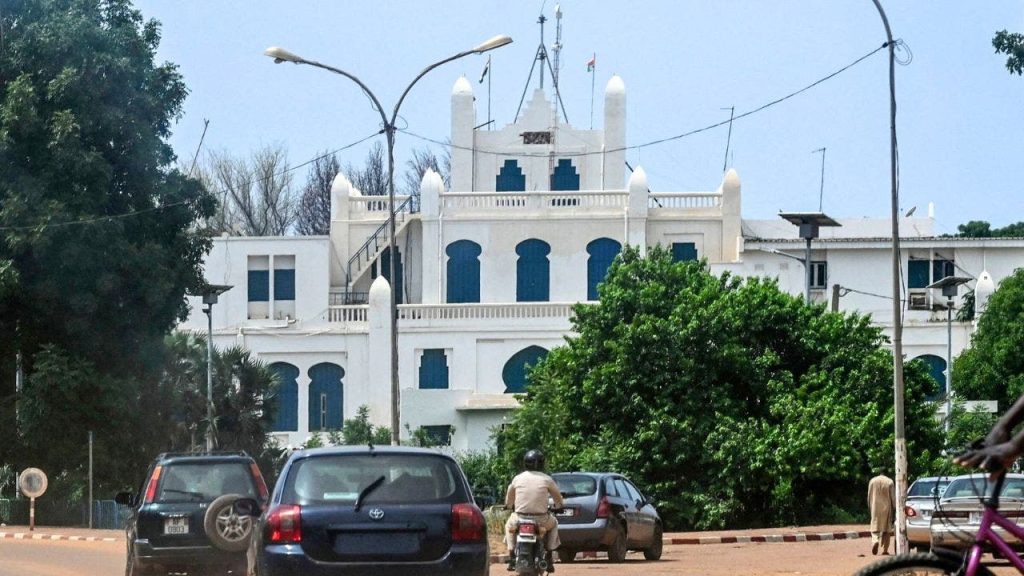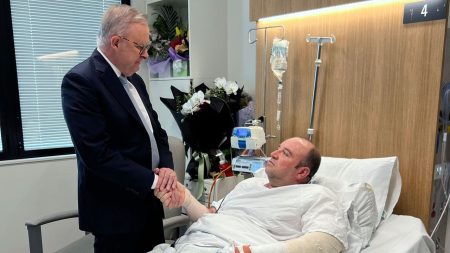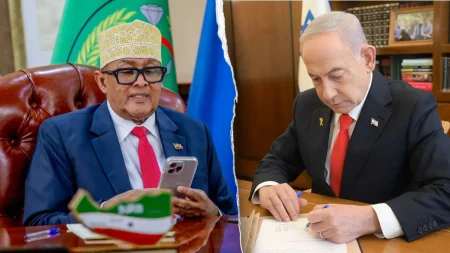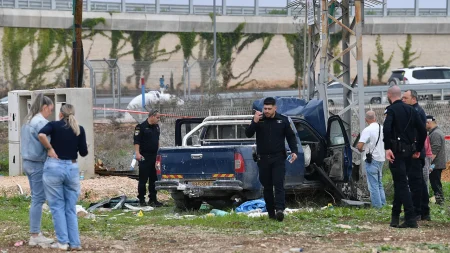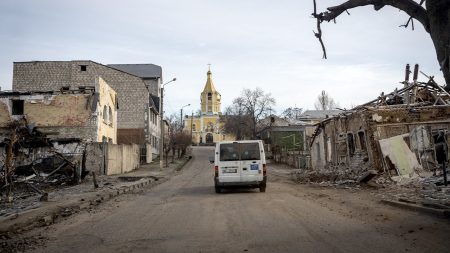American Missionary’s Kidnapping in Niger: A Race Against Time
In the heart of West Africa, a troubling situation has unfolded with the kidnapping of an American Christian missionary in Niger. Security expert Bryan Stern, founder of Grey Bull Rescue, emphasizes that the first 48 hours are absolutely critical in such cases. Speaking with Fox News Digital, Stern explained the complex dynamics of kidnappings in regions where terrorist groups operate. “What happens in most of these cases is whoever took the hostage isn’t who’s holding on to the hostage,” he noted. The missionary, a pilot for the evangelical organization Serving in Mission, was reportedly taken from Niamey, in proximity to Niger’s presidential palace, and transported northward toward territory controlled by an ISIS affiliate. As each hour passes, the complexity of the situation grows, with the possibility that the hostage may be traded between different groups that operate in the region.
The changing hands of hostages presents one of the most challenging aspects of resolving such situations. Stern describes how kidnap victims are often “traded around like cards,” making it increasingly difficult to determine what the current captors actually want. Each group in the hostage-taking chain may have entirely different motivations—some seeking ransom money, others looking to create propaganda, and some potentially having no clear demands at all. This last scenario represents what Stern calls “the worst case scenario” where “there’s no play to be made other than find them and kill them, and hopefully you survive that process.” The missionary’s abduction occurred in a region Stern characterizes as having “31 flavors” of threats, from Russian proxies to criminal organizations and Islamic fundamentalist groups, creating a bewildering landscape of potential captors with varying agendas and capabilities.
The U.S. government has confirmed awareness of the kidnapping and is actively working on the situation. A State Department spokesperson indicated that embassy officials are collaborating closely with local authorities in Niger, emphasizing that the Trump administration considers the safe return of the American citizen a top priority. In response to the security threat, the U.S. Embassy has implemented restrictions on staff movements, requiring the use of armored vehicles and prohibiting visits to restaurants and open-air markets. These precautionary measures highlight the seriousness with which U.S. officials are treating the situation while they work to gather intelligence and establish lines of communication with whoever is holding the missionary. While many might assume Islamist militants are behind the abduction given the regional context, Stern cautioned against jumping to conclusions, noting that “until you know… it becomes speculation.”
As the search continues, the focus remains on establishing proof of life and opening channels of communication with the kidnappers. This critical first step helps authorities understand who they’re dealing with and what might be required to secure the missionary’s safe release. Behind the scenes, U.S. special operations units are likely gathering intelligence through surveillance and monitoring communications in the region. However, Stern emphasized that any potential rescue mission would be extraordinarily dangerous, describing it as “the most dangerous thing special operations does.” Such operations leave “no margin for error” and represent the highest-risk option available to authorities. This reality underscores why diplomatic channels and negotiations often remain the preferred approach, even when dealing with terrorist organizations or criminal groups.
The complexity of kidnapping cases in regions like Niger stems from the layered power structures of the various groups operating there. Stern explained how these organizations function with their own internal hierarchies and command structures, each with different objectives and levels of influence within the broader ecosystem of non-state actors. Some groups may be primarily motivated by financial gain, while others might be driven by ideological goals or seek to use hostages as bargaining chips for political concessions. Understanding these motivations becomes essential for determining the appropriate approach to securing a hostage’s release. As time passes, the missionary may have already been transferred multiple times between different groups, potentially crossing borders into neighboring countries where tracking becomes even more challenging for authorities.
The international community watches anxiously as this situation unfolds, with particular concern coming from missionary and evangelical organizations operating throughout West Africa. The region has seen increasing security threats in recent years, with several countries experiencing growing instability due to the presence of terrorist groups affiliated with both ISIS and Al-Qaeda. Niger itself sits at a crossroads of these security challenges, bordering several countries with active insurgencies. While officials have not yet indicated whether any group has claimed responsibility or issued demands regarding the kidnapped missionary, the case highlights the ongoing dangers faced by aid workers, religious personnel, and other foreign nationals working in high-risk regions. For the missionary’s family and colleagues, the wait continues as authorities pursue every available avenue to secure information about their loved one’s whereabouts and condition, hoping for the positive resolution of a situation that grows more complex with each passing day.




